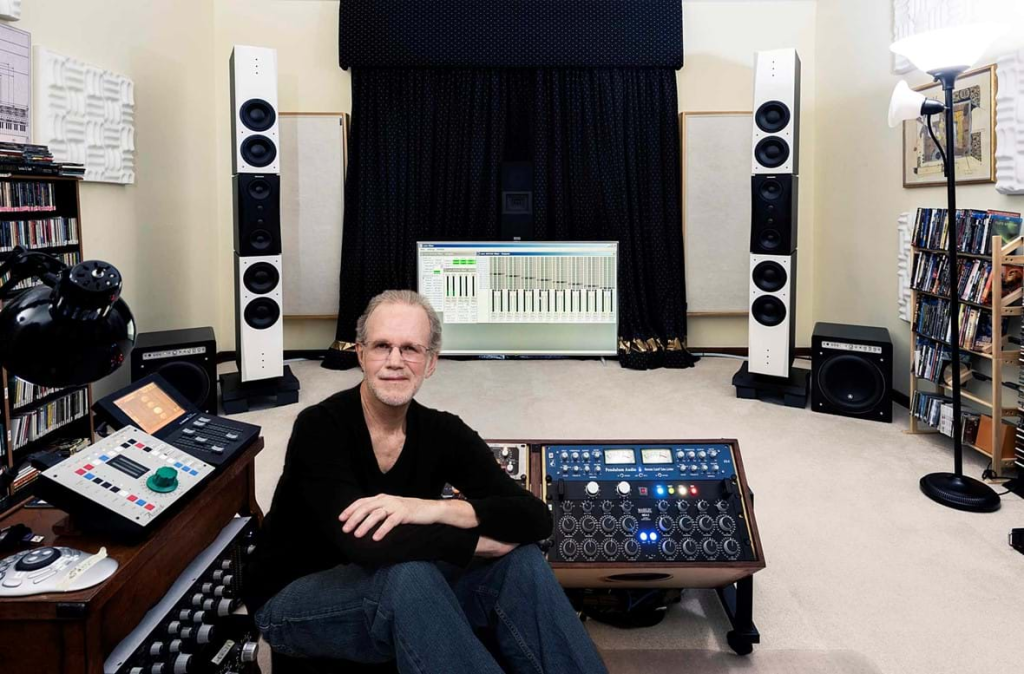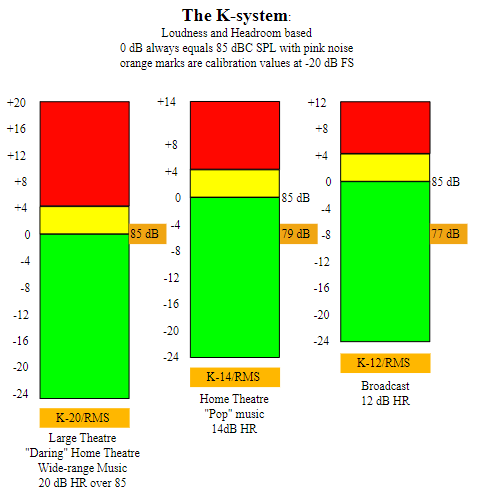Recording, Mixing and Mastering
Published on 15/10/2023

Bob Katz is a famous recording and mastering engineer known for his work in the music industry.
He was born on April 23, 1953 in New York, USA. Active in the field of sound engineering and mastering for decades, he is considered an authority in the field.
Katz began his career working in the audio industry in the early 70s.
He has been involved in numerous music recording and production projects, collaborating with a diverse range of artists and producers.
However, he has become particularly known for his work in mastering.

One of the most interesting contributions is represented by the definition and dissemination of the K-System, an audio level measurement and control approach that focuses on the accurate management of sound levels to ensure optimal quality in different playback contexts.
This system has become a valuable asset to many audio professionals.
Katz is also the author of the book titled Mastering Audio: The Art and the Science which has become an essential reference for audio engineers, music producers and students wishing to delve into the art (and science) of audio mastering.
Throughout his career, Bob Katz has won numerous awards and accolades for his contributions to the music industry and sound engineering.
The "K-System" is an approach to measuring and controlling audio levels developed by Bob Katz.
This system was created to provide an accurate and efficient method of managing sound levels during audio recording, production and mastering with the aim of achieving optimal sound quality in various playback contexts.
The K System defines three measurement scales, with different headrooms.
These are called K12, K14 and K20.
In each acronym the number defines the headroom available for the set. All measurements are in dBr relative to the 83dB reference level.
The K20 set has the reference level (83 dB = 0 dBr) at –20 dBFS.
The K14 has 0 dBr at –14 dBFS. The K12 delivers 83dB at -12dbFS.
The main advantage is that you are always working at the same reference loudness level and the set you choose defines how much headroom is available.
Typical uses (also recommended by Bob Katz) of the three systems are:
The main goal of the K-System is to provide a coherent approach to audio level management that takes into account the dynamics of music and the perception of the human ear.

This system offers sound engineers useful guidance during recording, production and mastering, allowing them to maintain a balance between perceived loudness and sonic message quality.
It is important to note that the K-System is not accepted as a standard in the audio industry, but has gained a following among many professionals seeking superior sound quality and finer control of audio levels.
The ideas behind the K-System influenced the practice of sound engineering and provided a new perspective on managing sound levels.
It is very likely that Bob Katz's proposals formalized in his K-System were taken into account in the definition of the AES/EBU R128 standard.
The book has quickly established itself as one of the richest sources of information and useful tips to improve mastering techniques.
Katz combines hands-on approach with detailed technical explanations, addressing both the artistic and scientific aspects of mastering.

Chapters cover topics such as the history of mastering, technical considerations, equipment usage, EQ challenges, compression, phase, noise control, delivery formats, and much more.
One of the book's distinguishing features is Katz's detailed approach to key concepts.
The text is augmented with graphs, sound samples, diagrams, and images that help illustrate the questionable principles.
This makes the book useful for both beginners and more experienced sound engineers.
A remarkable aspect of the book is how Katz manages to deal with both the artistic and the scientific aspects.
Fundamental is the focus on critical listening and artistic intuition as decision-making tools during the mastering process.
Over the years, several editions of the book have been released, updated to reflect technological developments and trends in the music industry.
These editions kept the text relevant to the needs of evolving audio professionals.
Mastering Audio: The Art and the Science has had a significant impact on the music industry and sound engineering. Many universities and educational institutions include the book in their sound engineering courses.
It has become a key reference for those seeking to gain an in-depth understanding of the mastering process and the challenges associated with it.
Bob Katz's works are all highly regarded. Three of these have won the Grammy Awards:
Bob Katz is a mastering engineer who has contributed substantially to defining the role of modern mastering.
His contributions were operational (thanks to the countless albums that bear his signature), technical and informative.
Everyone (professionals and enthusiasts) should read his text and listen to his works.
To be updated on the latest technical and career developments it is useful to follow the site (managed directly by Bob) Digital Domain - digido.com where it is possible to find information and suggestions or directly request professional services.
Join us today and get 5% off your next order!

Empty cart